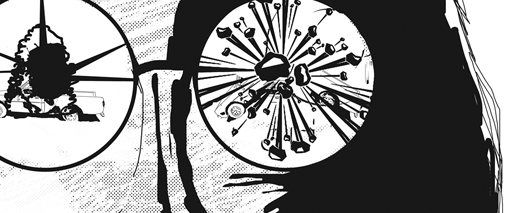Freedom: Breathtaking Bombs
New Mexico Tech Destroys To Build


Rob M
Latest Article|September 3, 2020|Free
::Making Grown Men Cry Since 1992


Rob M
